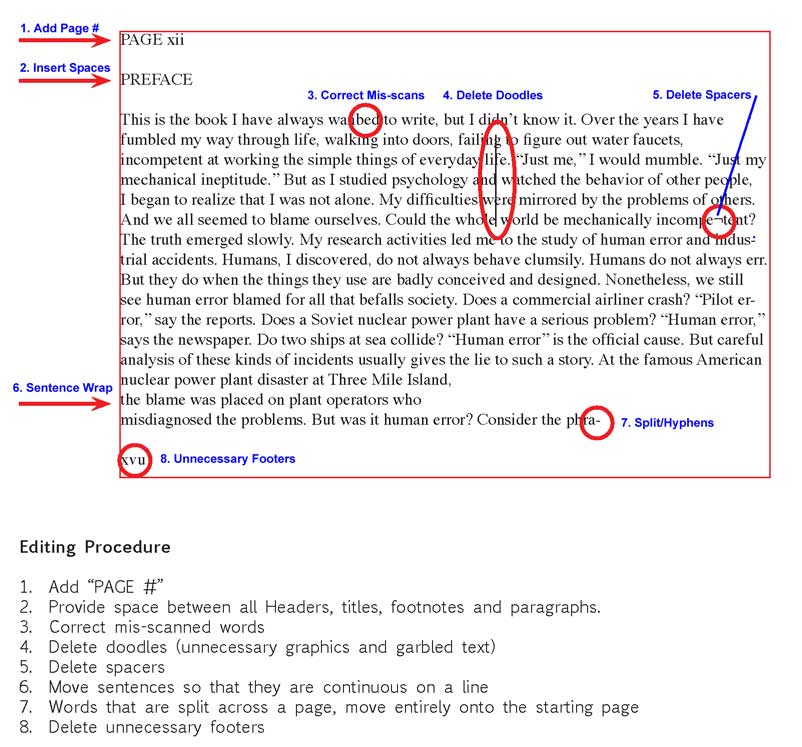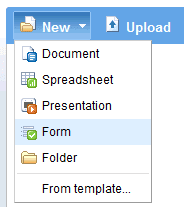
If you're teaching Beowulf or other middle English and medieval works, you'll appreciate the online Medieval Bestiary: Animals in the Middle Ages.
A Bestiary is by definition a compendium of all the animals, but of course, we're most drawn to the fantastical. The online source has translated passages from a variety of Bestiaries. Here's what the Harley manuscript in the British Library has to say about the dragon:
The dragon is the greatest of all serpents, or of all living things upon the earth. The Greeks call it "Dracon," whence the Latin name is derived, so that it is called Draco. And this creature often stealing forth from its caverns mounts into the air, and the air is violently set in motion and glows around it. It is also crested and has a small mouth and narrow passages through which it draws its breath and thrusts out its tongue. Moreover its strength lies not in its teeth but in its tail, and it injures by a blow rather than by a bite. It is harmless as to poisons, but they say poisons are not needful to this creature for dealing death, because if it has caught any one in its coils, it kills him.There are links to ancient manuscripts presented in PDF files, such at this 13th century Arundel Middle English Bestiary, which begins with the description of a lion's behavior when he gets a whiff of humans about:
Ðe leun stant on hille, .But it's not all Old English and musty manuscripts. The site has its own blog; that's right, Chimaera, the Bestiary Blog. It's become one of my favorite subscriptions because of enlightening articles such as "Why Kill the Unicorn?"
and he man hunten here,
Oðer ðurg his nese smel,
Smake ðat he negge, 4
Bi wile weie so he wile
To dele niðer wenden,
Alle hise fet steppes
After him he filleð,
The Lion stands on a hill
If he hears a man hunting
or scents him approaching,
in fleeing he erases his track
on the ground with his tail.
 Why, indeed? I can't think of a single reason why, but it does explain why there are so few around anymore.
Why, indeed? I can't think of a single reason why, but it does explain why there are so few around anymore.

















